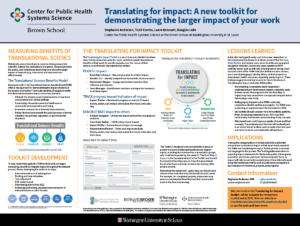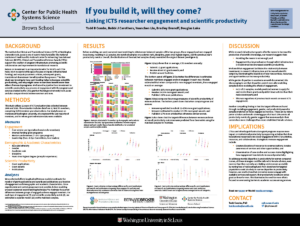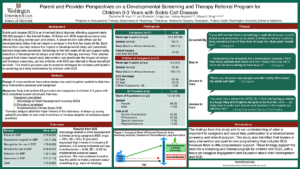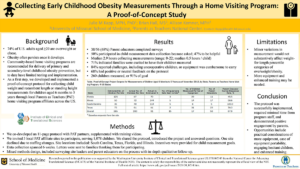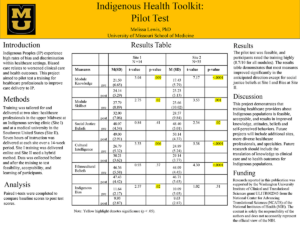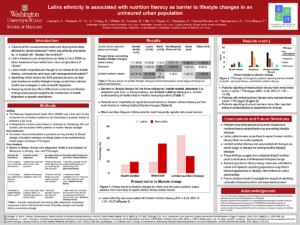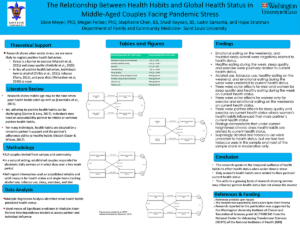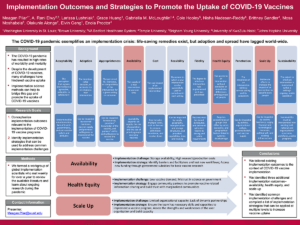Introduction: Historically, researchers have focused on linking research to scientific outputs like publications and grants. But policymakers, the public, and funders care about the larger impact of research (e.g., lives saved, improved cost-effectiveness). Developed in 2017, the Translational Science Benefits Model offers a new approach for evaluating and disseminating the impact of scientific activities on […]
37. Translating for Impact: A New Toolkit for Demonstrating the Larger Impact of Your Work
